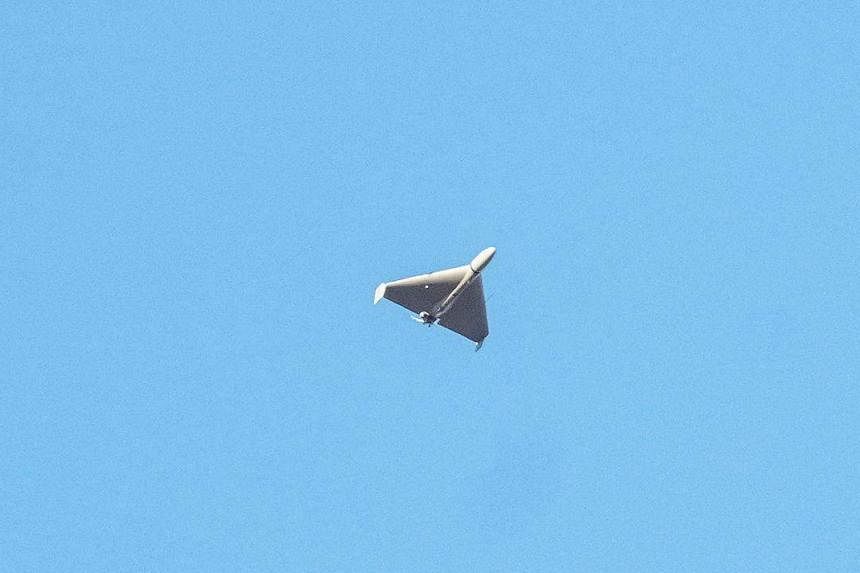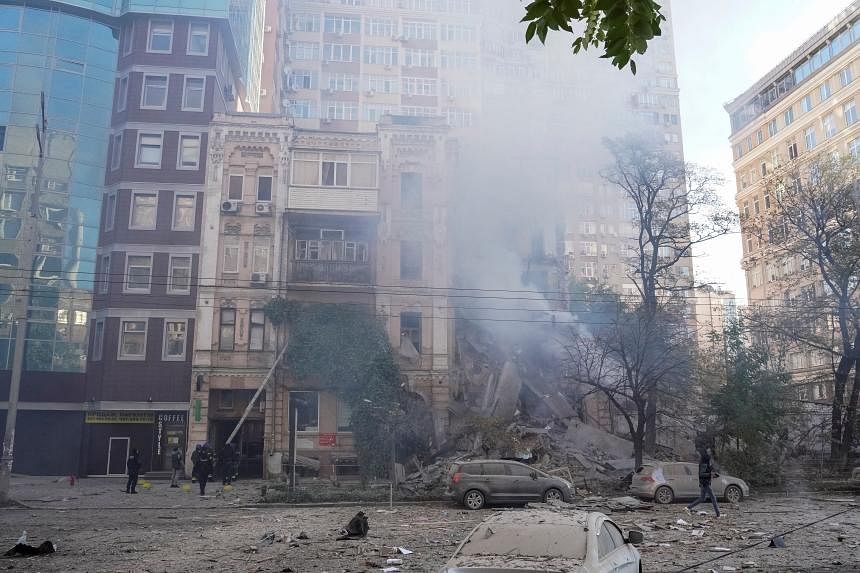WASHINGTON – The Iranian Shahed-136 drone was designed to explode on impact, and on Monday, Russian forces launched dozens of them at targets across Ukraine. One hit an apartment building in Kyiv, the capital, killing four people, including a woman who was six months pregnant.
As the war enters its ninth month, the Shahed is among dozens of types of drones, including remote-controlled surveillance types and programmable flying bombs, being used on battlefields in Ukraine. They also include military drones produced by the United States, Turkey and Russia and commercial-grade drones made in China.
The full range of models, and which countries supplied them, is unclear. But the rapid increase in the number and types of unmanned drones deployed in the war signals that smaller, less-expensive weapons like the Shahed will probably become a staple of modern armed conflicts.
Some are surveillance drones – unmanned aerial systems in military parlance – essentially small propeller-driven winged aircraft controlled by radio signals. Larger models of this type can spy on enemy forces or carry missiles and bombs to attack targets on the ground. They land and can be refuelled and flown again.
These larger surveillance drones can be expensive, so both Ukrainian and Russian forces have employed quadcopters – battery-powered commercial drones that are far cheaper. Quadcopters fly shorter distances and hover over a position before dropping small weapons like grenades on enemy troops and vehicles. They are designed to be recovered, rearmed and used again after their batteries are recharged.
‘Loitering munitions’
Many of the weapons terrorising Kyiv and other civilian areas of Ukraine, however, are what the defence industry calls “loitering munitions”. These drones explode on impact, which is why they are sometimes referred to as kamikaze drones.
The US has shipped Ukraine weapons of this type since early in the war.
In March, the Pentagon announced it would send 100 “tactical unmanned aerial systems” called Switchblades. The next month, the administration said it would provide another 300. Eight days later, the Defence Department said it would send 120 Phoenix Ghost drones to Ukraine. In July, the US provided funds for Ukraine to buy 580 more of them.
In August, the Pentagon said it would send Puma drones – small aircraft that soldiers toss into the air to launch and then control by remote control from up to 14km away. Pumas can stay at altitudes of about 500 feet.
The White House is not providing Kyiv with larger drones like the Predator and Reaper that US forces used in the wars that began after the Sept 11 attacks. Both aircraft can fly for hours while sending live video feeds of the ground and carry laser-guided missiles and guided bombs.
Soon after Russia’s invasion, Ukrainian troops began using Turkish Bayraktar TB2 drones to hunt Russian soldiers far beyond the front lines. These drones, which have a 12m wingspan and carry small guided munitions, were Ukraine’s main long-range weapon until the US began supplying mobile rocket launchers known as Himars and the guided munitions for them.

The Iranian Mohajer-6, another weapon that Russia is flying over Ukraine, is similar to the Bayraktar. It has a wingspan of 10m, a range of more than 1,995km and can drop or launch small munitions. Iran also provided the Shahed-136 to Houthi fighters in Yemen in 2021, the director of the Defence Intelligence Agency told the Senate armed services committee.
In addition to the Shahed-136 and Mohajer-6, Russian troops have used at least 10 other types of drones, according to Conflict Armament Research, an independent group based in Britain that identifies and tracks weapons and ammunition used in wars around the world. They include the Orlan-10 and Kartograf surveillance models, which Russia produces. NYTIMES

